As Canada 150 puts the focus on us, we decided to spotlight buildings that, while designed by homegrown luminaries, shine bright beyond our shores. These architectural landmarks tick all the boxes: form, function and full-on bragging rights – something we humble Canadians may not be known for. Here are 10 stunning structures with some glorious and free pedigree.
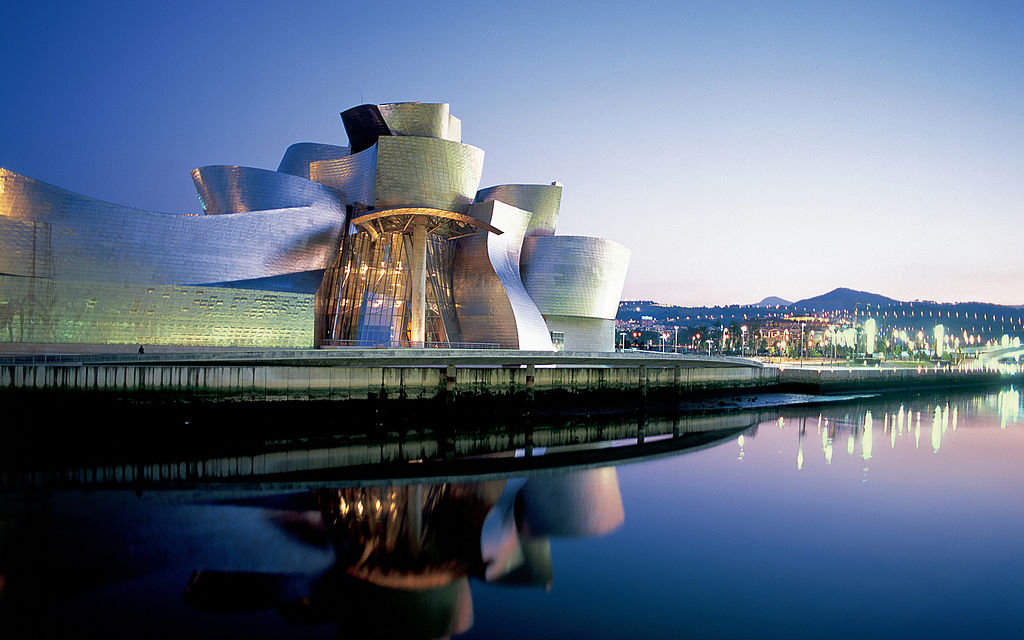
Guggenheim Museum: Frank Gehry
Set alongside Spain’s Nervion River, The Guggenheim Museum in Bilbao, Spain is one of Frank Gehry’s most acclaimed structures. Its fanciful and forward exterior – a series of unexpected undulating curves – is an appropriate intimation of the contemporary and modern art that lies within.
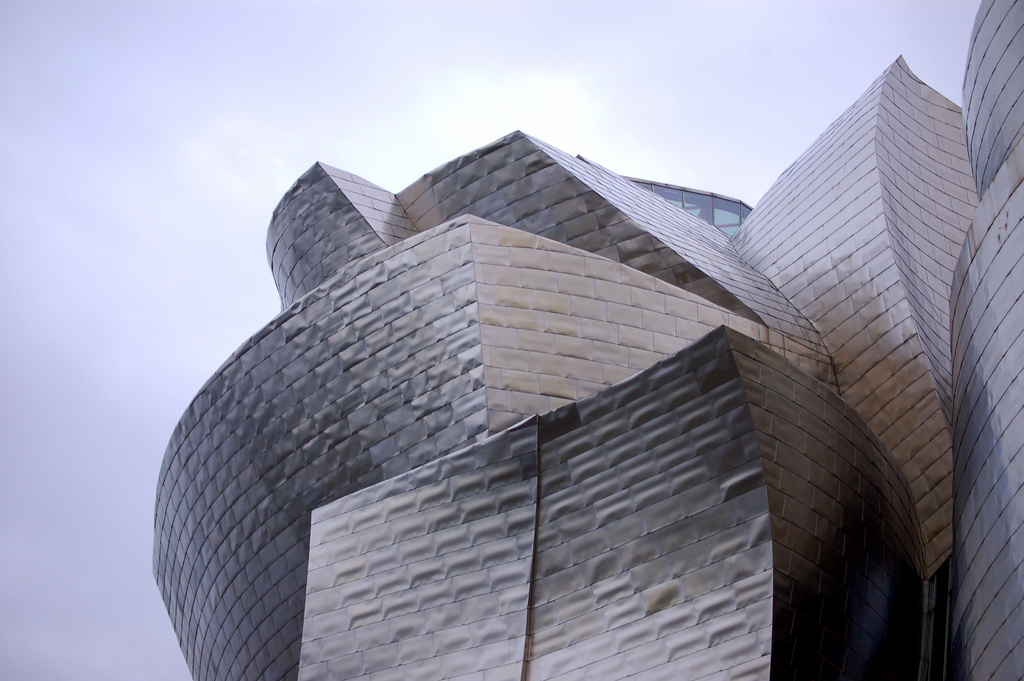
Guggenheim Museum: Frank Gehry
The extraordinary facade is crafted from titanium, limestone and glass to capture and reflect light. Its silhouette, which resembles the prow of a ship, integrates itself into the riverside setting and is a nod to Bilbao’s history as a port city.
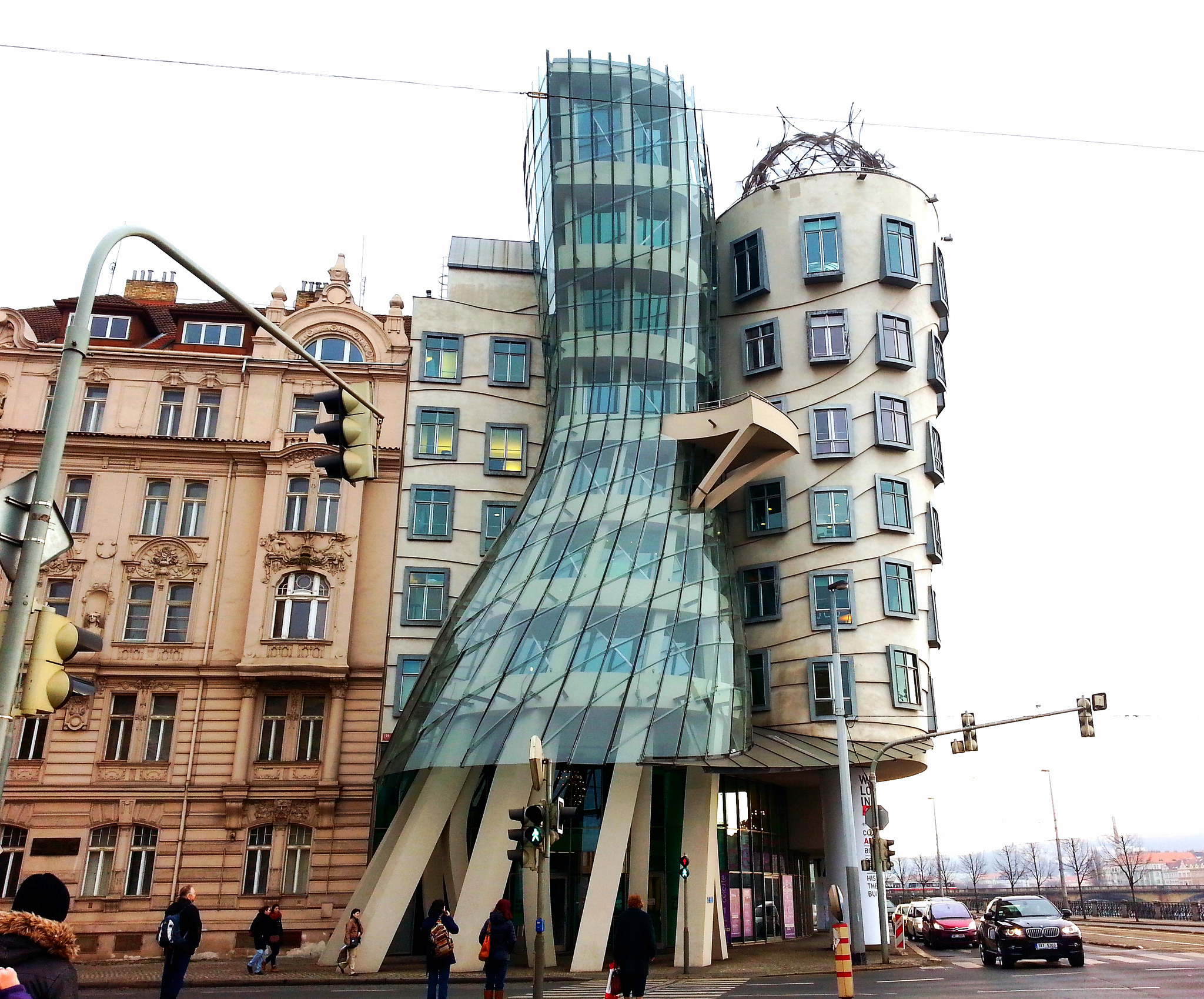
Dancing House: Frank Gehry
This iconic structure in central Prague gets its name from its shape – the forms, albeit deconstructed, of a man and woman (Fred Astaire and Ginger Rogers) dancing. Its daring style evokes visceral reactions – it is either loved or hated.

Dancing House: Frank Gehry
A corporate space not open to the public, the House took two years to build and is constructed from glass and concrete panels each uniquely shaped through a process using wooden forms. It has been commemorated on a Czech Bank-issued gold coin, a fitting tribute as its unlimited building budget was funded by another bank, ING.
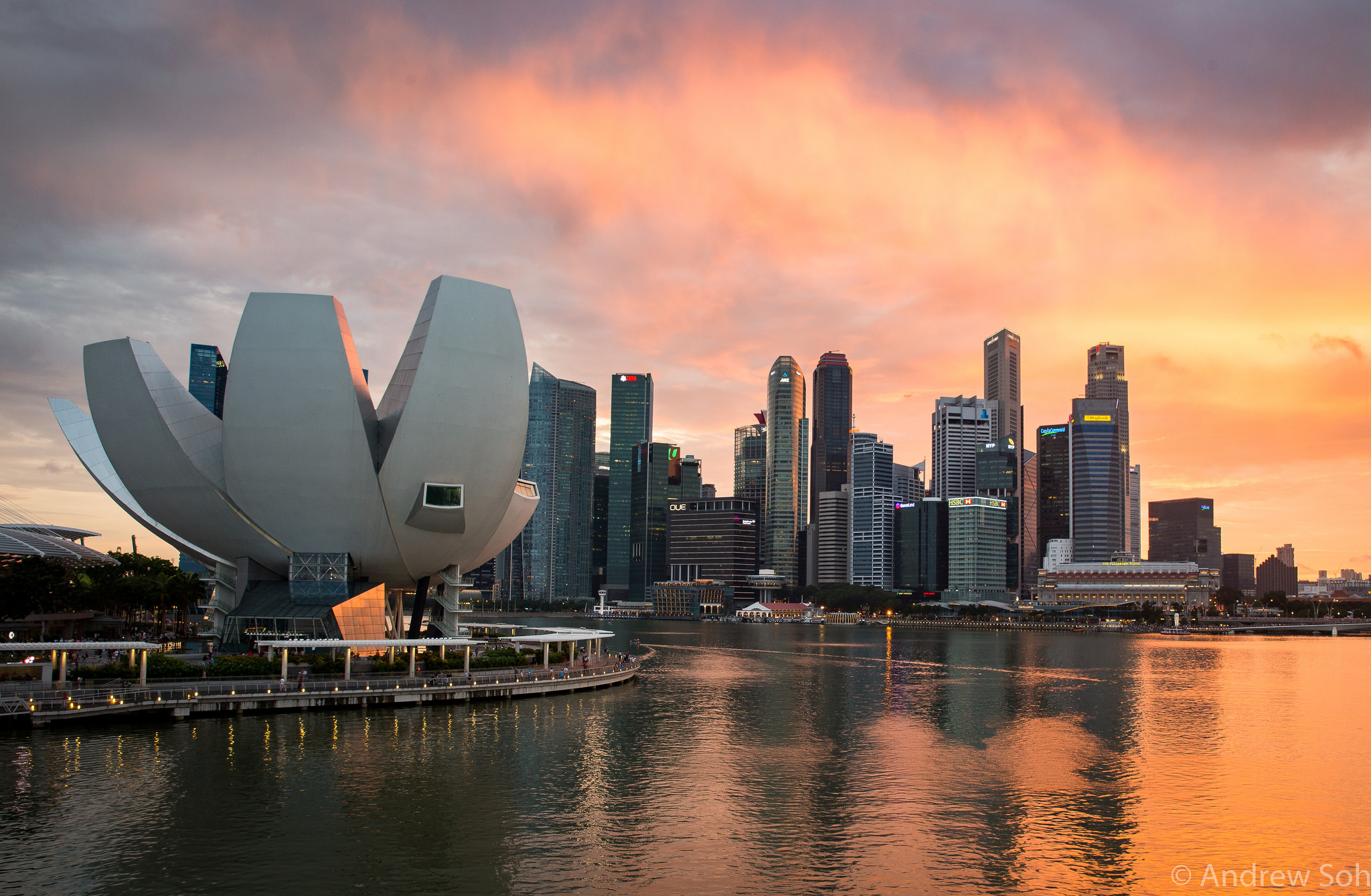
ArtScience Museum: Moshe Safdie
Singapore’s iconic building has been likened to everything from a lotus flower to a welcoming hand. It comprises two components: the base (which is surrounded by water and an enormous lily pond) and the petal-like top.
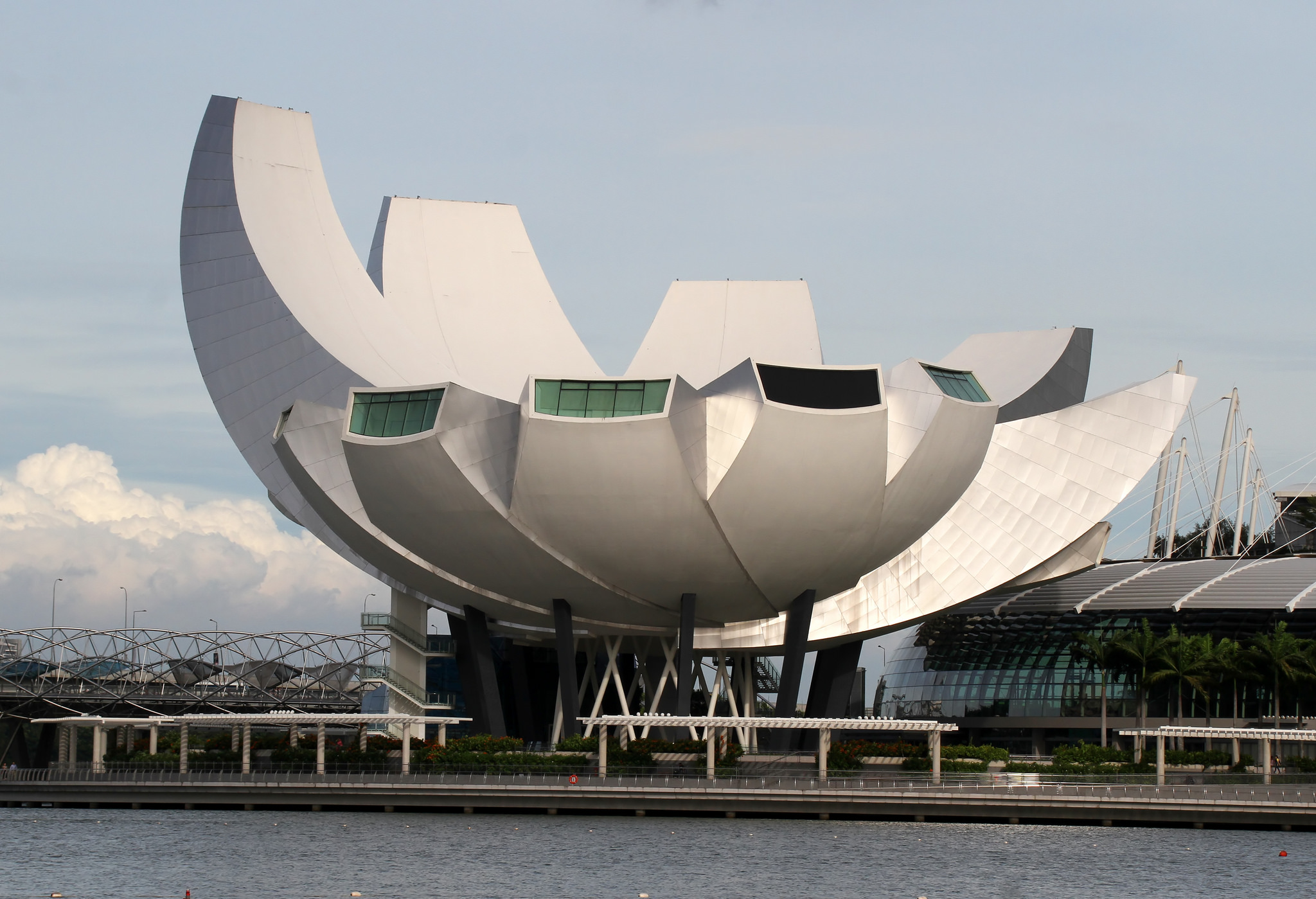
ArtScience Museum: Moshe Safdie
The staggered heights of each component create visual interest and allow for an interesting play of light both outside and in through the skylight panels. Safdie, an Order of Canada recipient, calls himself a modernist and in Canada is probably best known for his Habitat 67 building in Montreal.

New York State Capitol: Thomas Fuller
The New York State Capitol in Albany was completed at the very end of the 19th century and was constructed with a then-whopping budget of US$25 million, distinguishing it as the most costly building of its era. Thomas Fuller was one of four architects on the project.
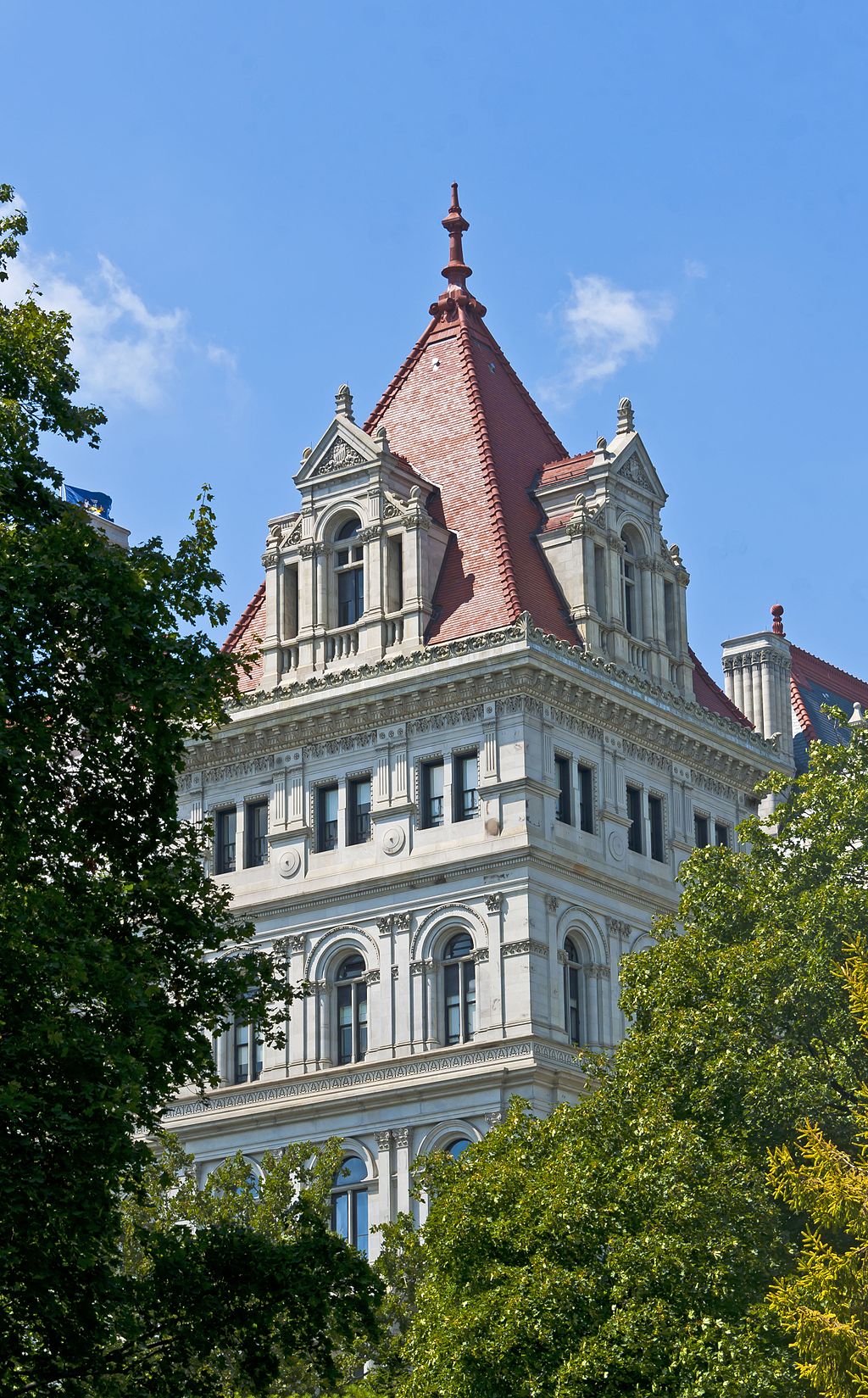
New York State Capitol: Thomas Fuller
The top of the building, which is said to be fashioned after Paris’s City Hall, and its intricate tile work, are an engaging example of Romanesque Revival style architecture.

Lotus Temple: Fariborz Sahba
Famed for its floral form, the Lotus Temple in Delhi, India is a Bahá’í House of Worship, which means it is open to everyone, regardless of religious denomination. Designed by Iranian-born Canadian Fariborz Sahba, it’s said to be the world’s most visited structure.
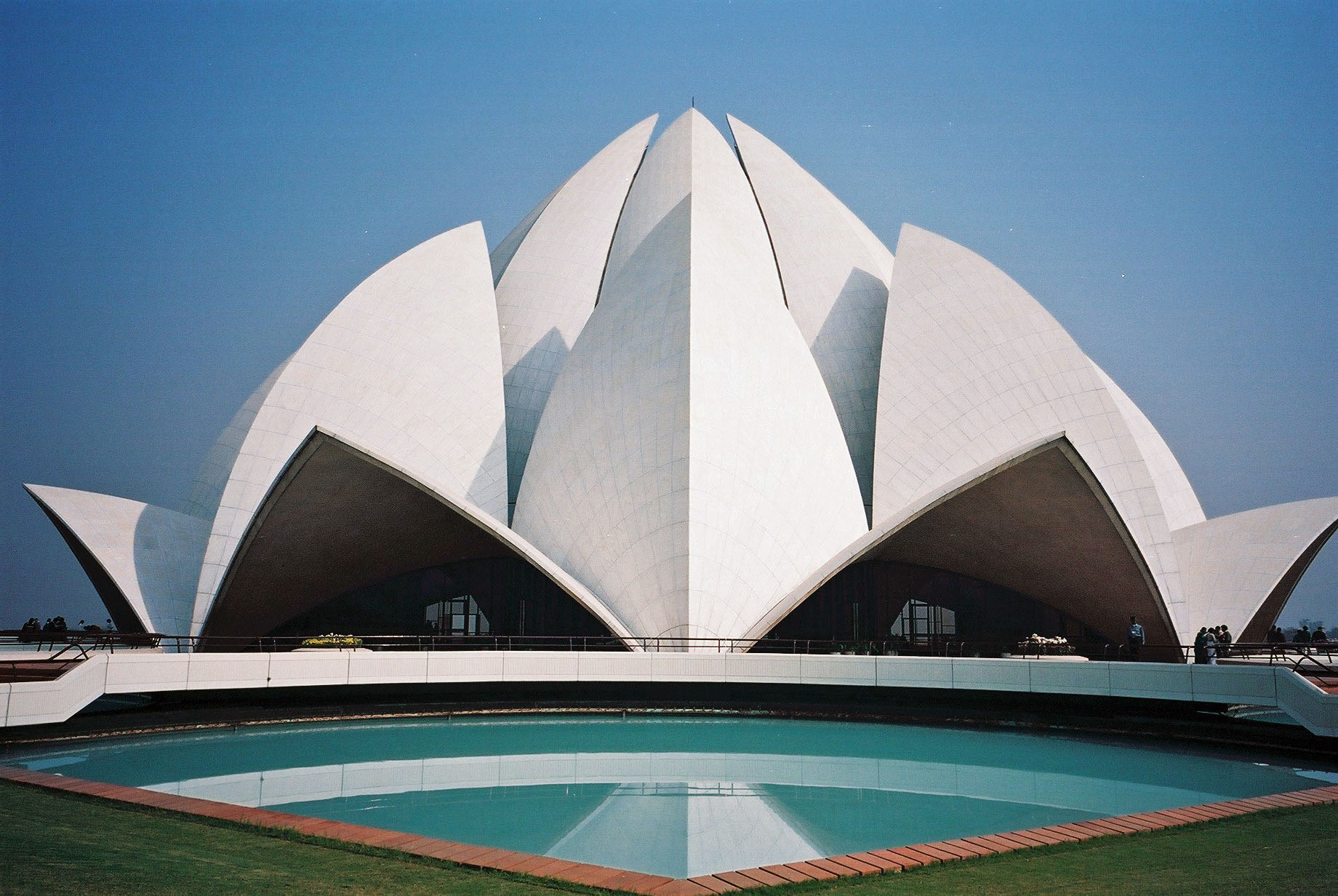
Lotus Temple: Fariborz Sahba
Clad in marble, the building features 27 free-standing components built to resemble petals.
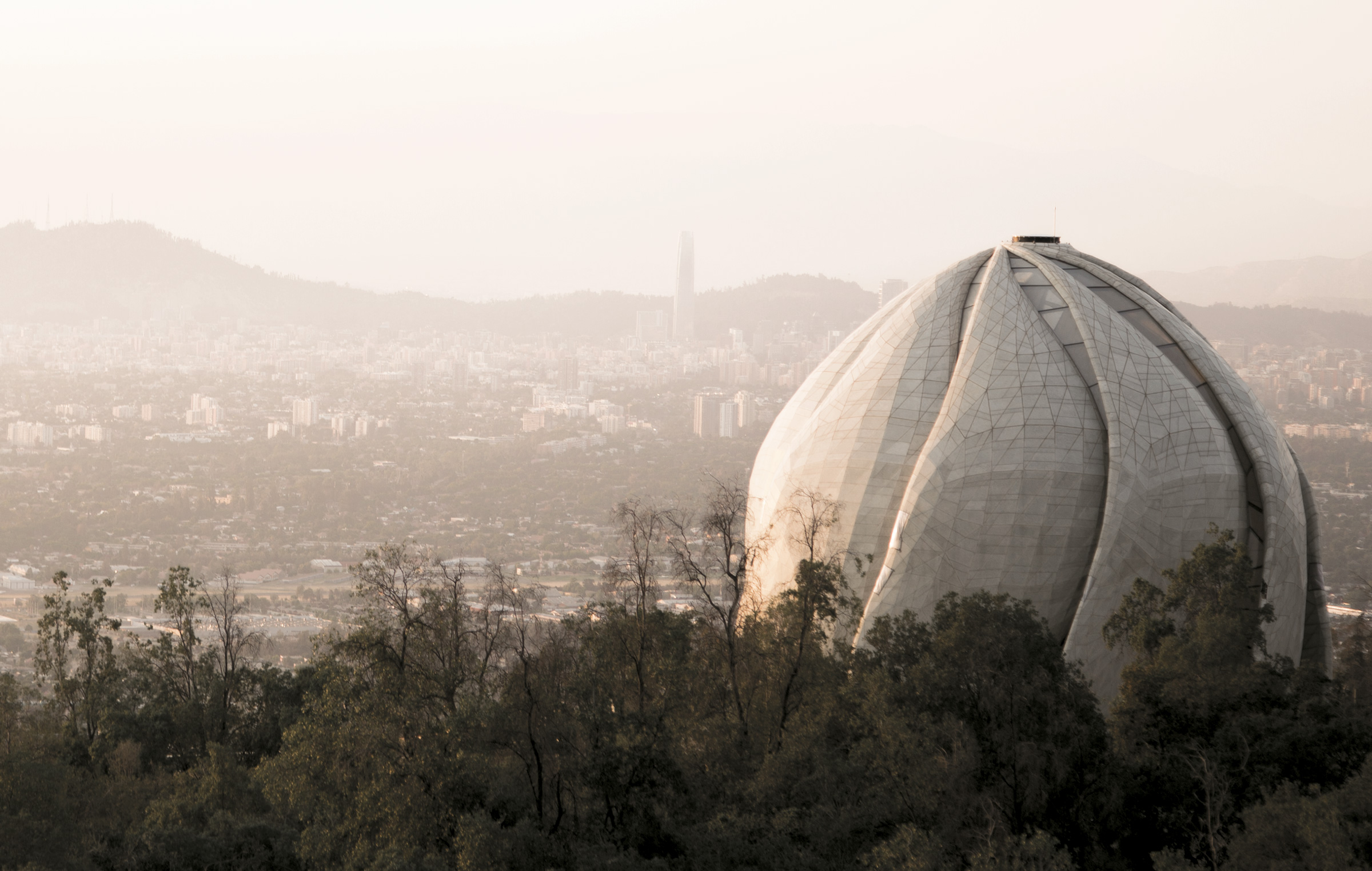
Bahá’í Temple of South America: Hariri Pontarini Architects
Designed by Toronto architect Siamak Hariri of Hariri Pontarini Architects, the Bahá’í Temple in Santiago, Chile is set within the Andean Foothills. Though completed in 2016 (after 14 years in the making), the graceful curved structure is already being hailed as an architectural wonder.

Bahá’í Temple of South America: Hariri Pontarini Architects
An ambitious undertaking, the building’s striking exterior was crafted from translucent marble and 1,129 unique cast-glass pieces that form nine torqued “wings”. The landmark is the last of eight Bahá’í Temples built around the world (the previously pictured Lotus Temple in Delhi, India was the fourth).

Seagram Building: Phyllis Lambert
Phyllis Lambert, scion of the wealthy Bronfman family, was the driving force behind New York’s perfectly proportioned Seagram Building. She tirelessly sourced architects for the project, even saying no to Swiss-French icon Le Corbusier.

Seagram Building: Phyllis Lambert
Lambert’s vision was for a timeless structure, a building with simple lines and straightforward design. This Park Avenue landmark is often considered the epitome of post-war architecture.
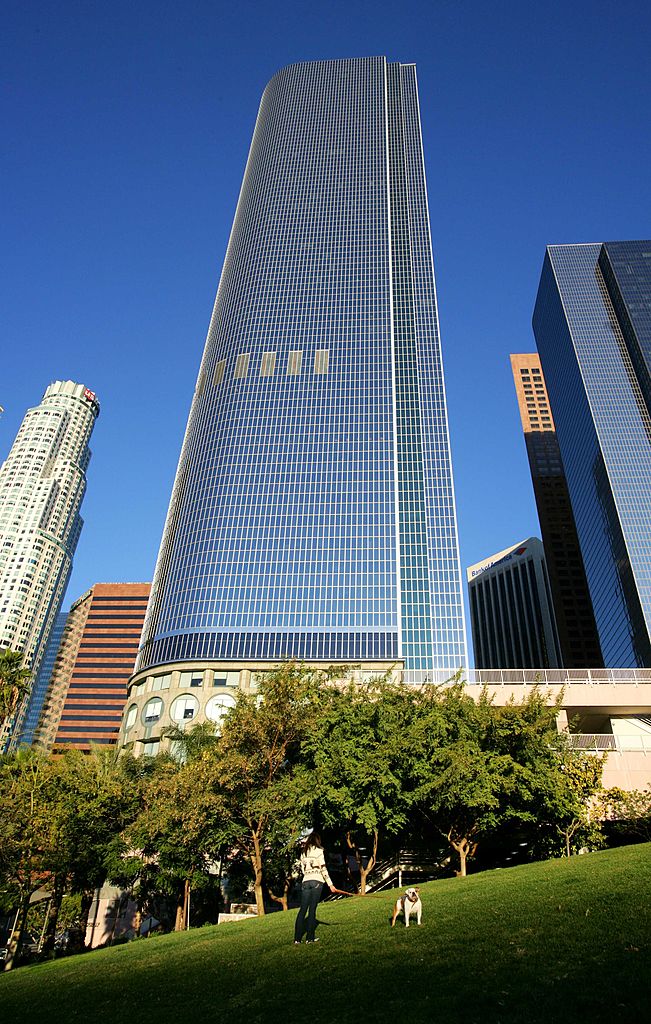
Two California Plaza: Arthur Erickson
This 750-foot-high skyscraper by Vancouver native Arthur Erickson is one part of downtown LA’s California Plaza project. It was finished in 1992 and offers over 1.3 million square feet of corporate space.

Two California Plaza: Arthur Erikson
One of LA’s most notable landmarks, it features two different shades of blue glass and a softly curved side. Both elements make it visually interesting and invite the eye to wander upward.
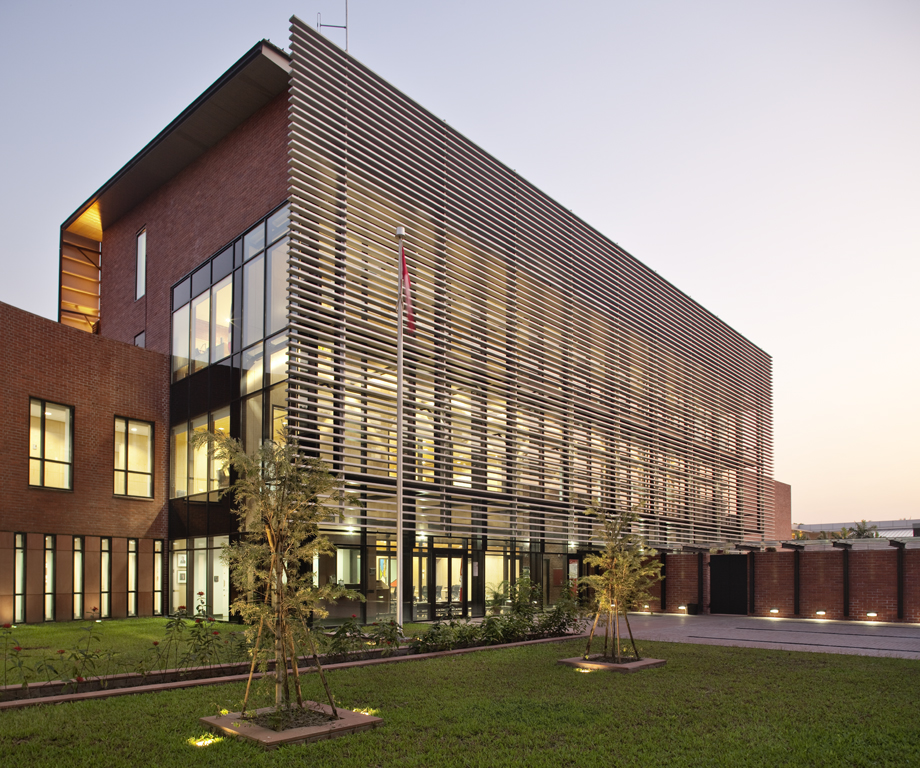
Canadian Chancery and Official Residence in Dhaka: MacKay-Lyons Sweetapple
Nova Scotia-based firm MacKay-Lyons Sweetapple Architects are the design force behind the Canadian Chancery and Official Residence in Dhaka, Bangladesh. It is constructed in respect to its setting near the Ganges Delta, which offers two resources: silt for making bricks and people for laying them.
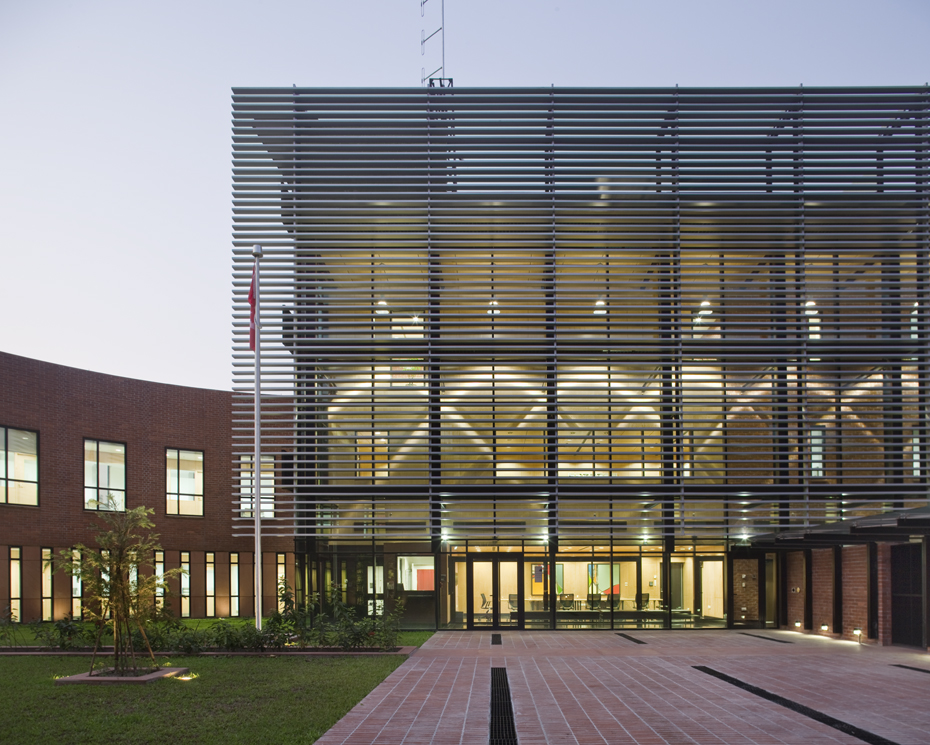
Canadian Chancery and Official Residence in Dhaka: MacKay-Lyons Sweetapple
Wrapped around a peaceful courtyard, the mostly brick structure is punctuated with elements of folded metal.
HGTV your inbox.
By clicking "SIGN UP” you agree to receive emails from HGTV and accept Corus' Terms of Use and Corus' Privacy Policy.




